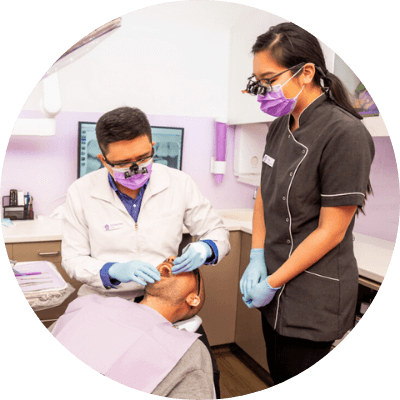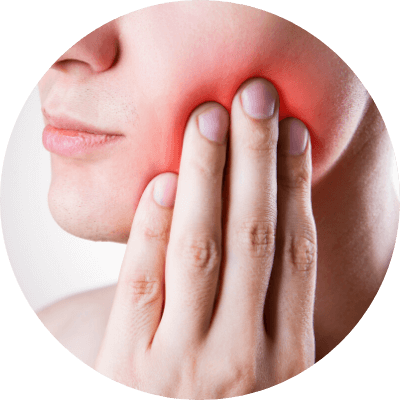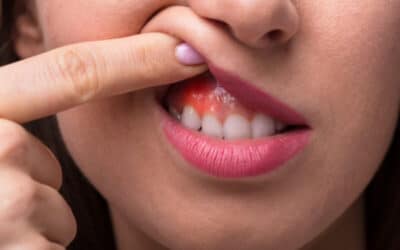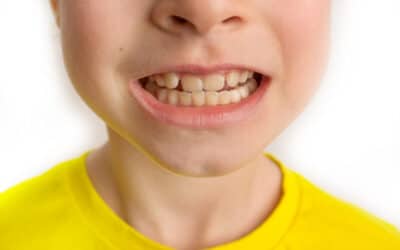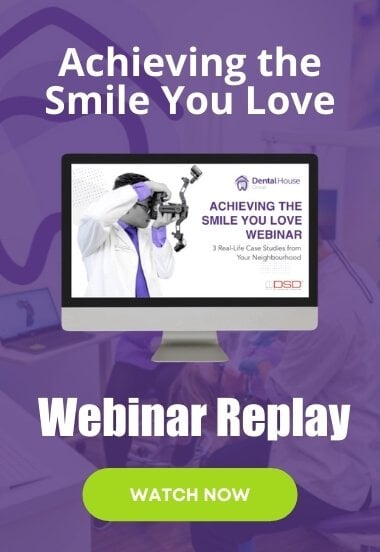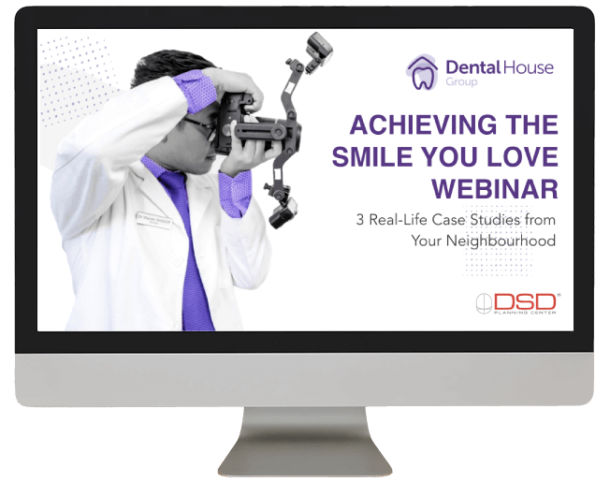Dental Fitness: Links Between Oral Health & Obesity

What does it change in the way we view, understand and manage our own health?
2020 data collated that 39% of the adult world population was overweight with a BMI of > 25. (Healthy is between 28.5 and 24.5). This translates to more than 2 billion adults and of these more than 600 million had a BMI of > 30 (clinically obese). More than half the European population is overweight with 30% considered obese (BMI > 30).
The Centers for Disease Control and Prevention reports that 69% of adults over the age of 20 are heading for obesity. 92% of adults 20 and above have had dental caries in their permanent teeth; 47.2% of adults older than 30 years have a form of periodontal disease.
Even with basic raw data, it’s hard to “unsee” the probability of some link.
Possibly a chain, given that the more we know, the more we seem to know.
Like most ill health issues, periodontal disease is symptomatic of chronic inflammation. As with diabetes and cardiovascular disease, it can be dietary driven.
The role of fermentable carbohydrates in the incidence of periodontal disease may be overestimated. While it’s true it can be argued that there are periodontitis sufferers with an excessive carbohydrate intake, it’s not the case for all; a diet low in carbohydrates can still manifest this gum disease.
As well, there are patients with heavy carbohydrate diets, none or few caries and no periodontal disease, which clarifies the multifactorial disorder of each.
- diet
- smoking
- saliva health and production
- exposure to fluoride
- individual immune and inflammatory responses
- chronic inflammatory conditions
- commencement of treatment
As a further complication in identifying disease and oral health links, the multifactorial nature of these diseases are not mutually exclusive. While it’s not surprising for a susceptible host on a carbohydrate-rich diet and practicing infrequent brushing to suffer both caries and periodontal disease, the fact that there are patients not suffering the same the deleterious effects of routine carbohydrate overload, is.
The hypothesis of the obesity link is the combination of the dynamic stability of oral microbiota, and the health of saliva and gingival crevicular fluid in both quality and volume – which massively increases with periodontal disease inflammation. Intrinsic and bacterial resilience factors define this ecological dynamic and subsequently, the level of health.
Microbiota becomes either acidogenic or alkalinogenic. To restore and maintain healthy balance, it’s pertinent to monitor the disease drivers – salivary flow and its bacterial nutrients. There is evidence that cavities and periodontal diseases both originate at the stage of nutritional imbalances in the microbiota, with host factors designating the course from that point.
Recently, overriding importance on metabolic activity rather than oral microbiota composition is viewed as the primary environmental influence. Change causes shifts from one metabolic stage to another; oral bacteria do not select their habitat because of particular pathogenic traits – they help create the best environment for themselves once they’ve moved in.
An important precept of the hypothesis rests on metabolic activity in the microbiota on any tooth surface at any time. Considered a natural physiological phenomenon, metabolic process reflects the constant fluctuations of pH in dental biofilm when microbiota is both starved and fed.
Mostly these fluctuations balance over time and don’t result in clinical disease but driven towards higher pH levels, the response is gingivitis as an inflammatory result of unhealthy microbial content. Left unattended, it leads to breakdown of the periodontium – the tissue that both surrounds and supports teeth, and anchors them to the maxillary and mandibular bones.

Gingivitis increases protein-rich secretions in the gingival crevice, which raises the average pH to almost neutral values. This is an important modulatory stage, because the various bacterium responsible for oral disease thrives in both a sugar-rich and protein-rich environment. The protective virulence of the mouth increases only when sugar is absent by restricting access to dietary sugars.
Were it definitively linked to oral disease, 82% of dentists would be willing to involve themselves in the treatment of obesity among their patients. It would also mean that healthcare providers and governments will have a hard time justifying the traditionally separate nature of the care of your mouth, and the rest of your body.
The continual increase in medically diagnosed obesity across the world, and the willingness of dental professionals to actively work toward negating this alarming situation opens the opportunity for developing intervention models for dental practices. Educating dentists on the complexities of obesity, counselling methods, and proven treatments also removes barriers for patients to be able to address their weight issue because they’re more at ease with their dentist than their GP.
More than half the responding practitioners cited fears of offending their patients and appearing to be judgmental.
Were dentists to be positioned to identify patients suffering from, or at risk of developing obesity by the symptoms revealed by their teeth and gums it would require some primary health care coordination. A random sample of 8,000 American Dental Association members showed that overall, 4.8% offered a form of counselling, and 50.5% reported being interested in offering obesity-related therapy and treatment. By the same token, several dental journals warn dentists that the use of intra-oral devices (jaw wiring) for a liquid diet in the treatment of obesity may be deemed outside the practice of dentistry and considered malpractice.
Given the worldwide stats on obesity, it’s not a leap of logic to surmise that at least some of these dentists would fall into the category themselves. This overlays an interesting perspective on concerns of fearing implied offence – it may very well be the misinterpretation of feeling hypocritical; with the subsequent pressure and decision to confront their own issue of unhealthy weight.
Current foreseen challenges to the prospect of integrated programmes include the scarcity of trained personnel, and of course, patients’ rejection of dietary advice.
If anything to do with dentists has always been a horror story for you, consider this: it is predicted that by 2050 that 60% of men and 50% of women will be obese.
In a mere thirty years, only two-in-five men, and only five-in-ten the women who won’t be incapacitated in some or many ways, because of their morbidly heavy physicality.
That’s a lot of unhealthy people. People who will have numerous systemic diseases which may complicate dental management, Some by nature, some by nurture; with current research suggesting both.
In Australia, patients with obesity and concomitant medical co-morbidities are commonly managed by Special Needs Dentists. Issues experienced by what is referred to as class 3 obesity weigh more than 140 kg and are unable to be examined or treated in conventional dental chairs.
Bariatric is the term for a specific branch of medicine dealing with causes, prevention, and the treatment of obesity.
However, bariatric dentistry is less well defined. There is a case report of a 58-year-old female, with class 3 obesity, who presented in May 2018 for an outpatient consultation for the Special Needs Dental Clinic at Westmead Centre for Oral Health. She presented with neglected and compromised teeth and gums and required a complete extraction. It highlights many of the significant issues and considerations for safe and effective dental management amid the medical complexities of the grossly overweight, including the use of anaesthetics and common breathing vulnerabilities. Facilities need to be able to meet this growing need and the specific requirements for a functional and safe bariatric dental service; so highly dependent on specialised infrastructure and training.
It’s vital that dentists be included in healthcare beyond the mouth. There is a cybernetic loop between gut health, oral biodata, dental fitness, mental wellbeing and physical health that allows life to be lived and the capacity for connection beyond the physical.
Having all that, means no offence can be taken with authenticity and truth – possibly delivered by your kind and health-focused dentist, skilled in a useful intervention model that includes their own better health.
That’s an integrated model worth working on.
Note: All content and media on the Sunbury Dental House website and social media channels are created and published online for informational purposes only. It is not intended to be a substitute for professional medical advice and should not be relied on as health or personal advice.
Services Mentioned
Related Articles
Some Sweet News For Diabetes Sufferers With Gum Disease
Diabetes type 2 is a scourge for sufferers and those with it know that well. Here is some sweet news for diabetes sufferers with gum disease. A new study performed at the University of Buffalo School of Dental Medicine made some helpful findings in this regard. The...
Can Gum Recession Be Fixed With Dental Bonding?
Gum Recession Fixes: Can gum recession be fixed with dental bonding? In some cases it can help and it is well worth a discussion with…
Bruxism In Children: Is It Influenced By Screen Time And Sugar?
Children gnashing & grinding their teeth asleep in bruxism – a scene from a horror movie. Overstimulation of sensitive minds…
Let The New Year Bring New Commitment To Your Oral Care
If you can be inspired to make one new year’s resolution this year let it be for your dental health. Let the New Year bring new commitment to your oral care in 2024 and beyond. This is no mere dentist’s selfish wish but a call for an understanding about just how...


